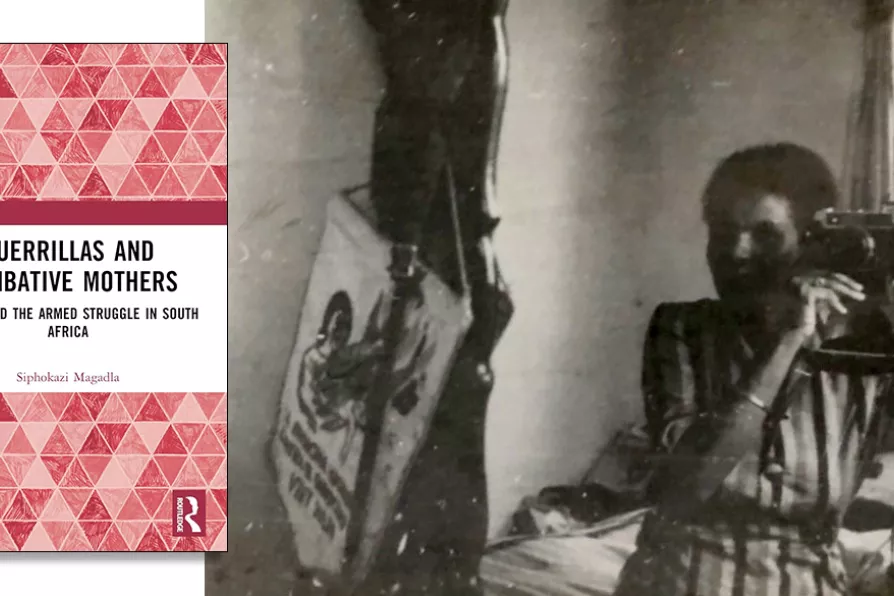GLENN BURGESS suggests that, despite his record in Spain, Orwell’s enduring commitment to socialist revolution underpins his late novels
The legacy of South Africa’s revolutionary women
ANGUS REID speaks to historian Siphokazi Magadla about the women who fought apartheid and their impact on South African society

 ROLE MODEL FOR BLACK WOMEN: Ruth Mompati in the Soviet Union in 1962
[Ngaba and Mompati families/Ruth Mompati Memorial Foundation/Courtesy of Siphokazi Magadla]
ROLE MODEL FOR BLACK WOMEN: Ruth Mompati in the Soviet Union in 1962
[Ngaba and Mompati families/Ruth Mompati Memorial Foundation/Courtesy of Siphokazi Magadla] Siphokazi Magadla (Pic: Courtesy of Siphokazi Magadla)
SIPHOKAZI MAGADLA is crystal clear about the relevance of her historical work to contemporary South Africa and the wider world:
“The erasure of women’s contributions to the history of the anti-apartheid struggle is connected to the dismissal of women’s roles in the new democratic state. If women didn’t matter in how we got to be liberated, then why would their roles matter now?”
More from this author

ANGUS REID squirms at the spectacle of a bitter millennial on work experience in a gay sauna

ANGUS REID is bowled over by a cinematic masterpiece that examines the labour of nursing in forensic, dramatic detail

ANGUS REID recommends a visit to an outstanding gathering of national and international folk musicians in the northern archipelago











![STEADFAST: Orkney Friends of Palestine congragate in front of St Magnis Cathedral, Kirkwall [Pic: Angus Reid]]( https://msd11.gn.apc.org/sites/default/files/styles/low_resolution/public/2025-05/Orkney%20vigil%20for%20Palestine%20web%20%281%29.jpg.webp?itok=fHWo9VI5)



